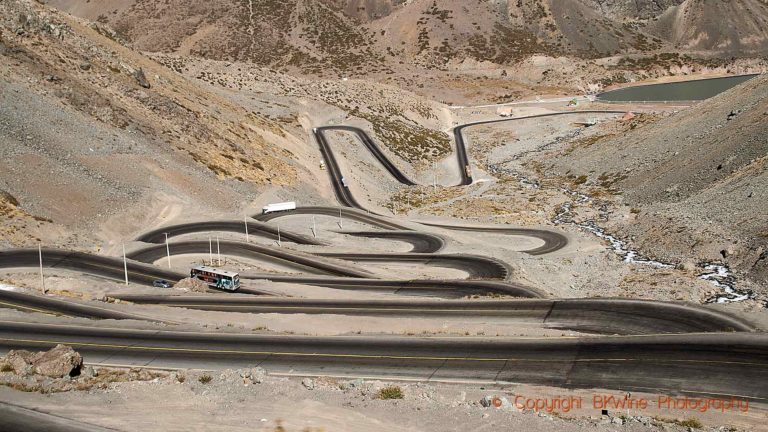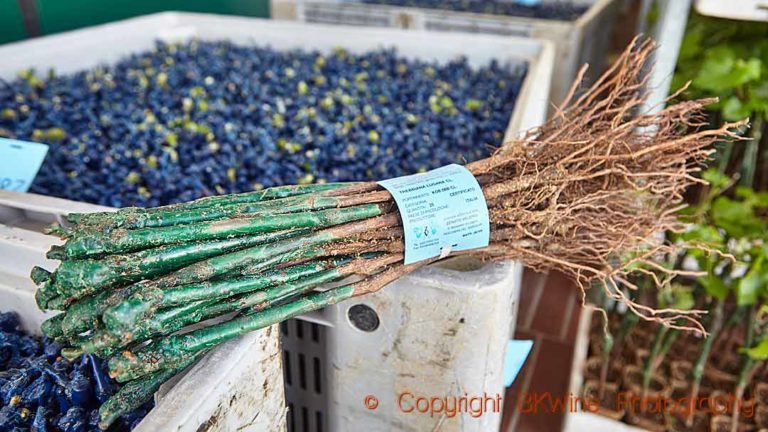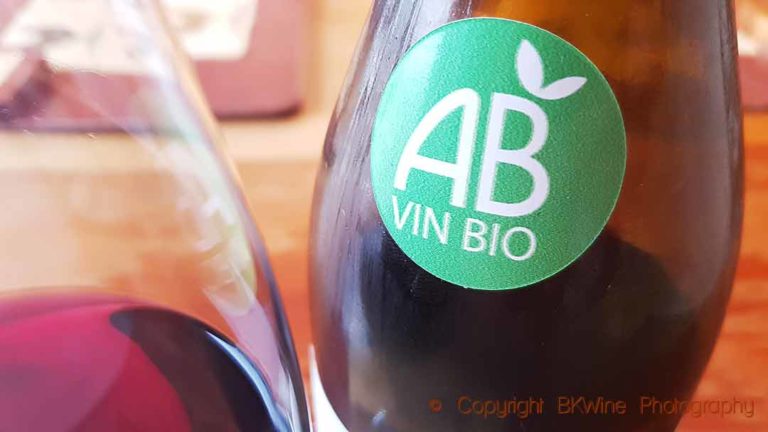Three nearly identical wines from Robert Mondavi show large differences
How is it that the prices of different wines can vary considerably although the wines are produced with grapes from virtually the same vineyard? What creates the quality differences within the same vineyard?
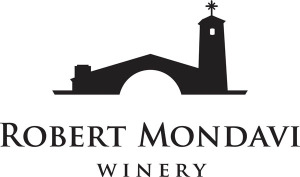 When Dana Andrus from the Robert Mondavi Winery came to Stockholm recently, I met him over a tasting of some of Mondavis To Kalon. The aim was to study the differences in quality of wines produced from a single grape variety from the same vineyard.
When Dana Andrus from the Robert Mondavi Winery came to Stockholm recently, I met him over a tasting of some of Mondavis To Kalon. The aim was to study the differences in quality of wines produced from a single grape variety from the same vineyard.
In front of us were three different wines produced in a similar manner. All wines were barrel samples of Cabernet Sauvignon from the vintage 2013 from different locations in the vineyard To Kalon. Why are wine quality and price very different, despite the seemingly similar conditions?
To Kalon
Oakville has a reputation as one of Napa Valley’s best appellations with excellent conditions for growing Cabernet Sauvignon. The reputation depends largely on the historical vineyard To Kalon which is one of the most famous of California. The story goes back to 1868 when the vineyard was originally established. In the 1960s Robert Mondavi bought parts of To Kalon. Today Robert Mondavi Winery owns approximately 182 hectares of the around 290 hectares of vineyard. The remainder is owned eg by Becksdoffer and Opus One.
Within To Kalon you also find Oakville Station, a winery run by the University of California at Davis intended for research. Following the outbreak of phylloxera in California during the 1980s and 1990s large parts of To Kalon was uprooted and replanted. Also in the 2000s Robert Mondavi Winery has invested in quality improvement measures and has replanted parts of the vineyard which makes the average age vineyard relatively low.
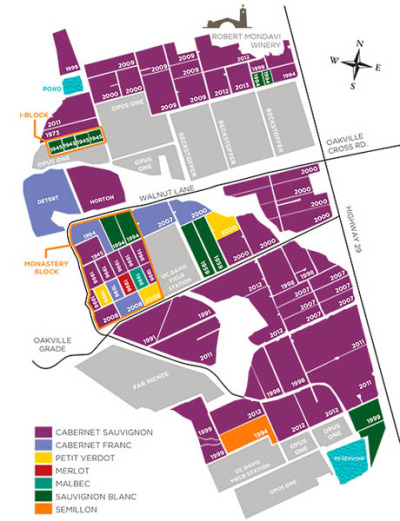
The wine from the valley (1)
The wine in the first glass showed an aroma of ripe fruit, blackcurrant and a cold herbaceous tone with sage and a some mint. The taste was characterized by a rather austere fruit and a warm feeling due the relatively high alcohol. The structure was good with solid tannins. The generous after-taste lingered and offered a distinctive fruit. Overall, a solid product but one that does not leave any deeper impression.
Austere fruit, warm feeling with good structure, but without leaving a deeper impression.
The grapes used for the first wine were taken from the valley from the eastern parts of To Kalon. Here rich, heavy soils dominate, together with some clay. Mondavi often uses this type of vineyard location for their Napa Valley Cabernet Sauvignon.
The geological conditions
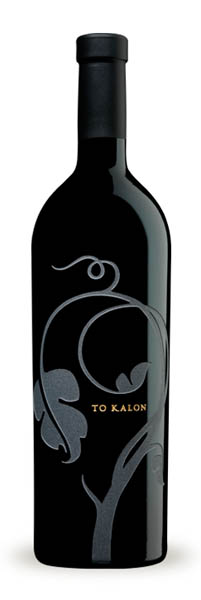
To Kalon is situated on a gentle slope up towards the Mayacamas mountains. The slope consists of a fan-shaped alluvial fan created by the deposition of sediments transported in various streams for the mountain down to the bottom of the valley. The larger sediment particles tend to stay further up the hillside, while the smaller particles are carried further down the valley. The result will be a leaner and better drained soil further up the hillside, and a richer, heavier soil with poor drainage further down the valley.
An important factor in the production of quality wine is the earth’s water retention ability. Quality wines are generally produced on well-drained soils. Many of the best vineyards in Napa Valley are located in well-drained alluvial fan formations.
The wine from the central slope (2)
With the second wine we move a little bit further up the slope, towards the mountain. The soil has a greater element of sand that has a better drainage capacity than the more clay-dominated soils further down the valley.
Compared with the first wine the fruit is heavier and darker with hints of blackberry and black currant. The taste is richer and fuller with solid tannins. The alcohol content is at the same level, but hidden by the more generous fruit which made the wine more balanced. Overall, a notch up in quality compared to the first wine.
Heavier and darker fruits, richer and fuller flavour, more balanced.
This type of vineyard location is often a component in Mondavi’s Oakville Cabernet Sauvignon.
The wine from the foot of the mountain, at the top of the slope (3)
Further up the slope, closer to the mountain, there is an increasing element of gravel and the size of the particles in the soil increases. The soil’s drainage capacity is further improved as reflected in the third wine.
Compared with the other two wines this showed a completely different richness and complexity in the bouquet with hints of mineral, smoke and dark berries. The flavour was rich and generous with silky tannins. If wine number two was characterized by its weight and power, here you find a completely different elegance. The wine was well balanced and offered a long groovy finish. Overall, a great cabernet sauvignon.
Richness and complexity with minerals, generous, silky, elegant.
Mondavi’s Reserve Cabernet Sauvignon is made from this type of vineyard locations.
The climatic conditions
In addition to soil properties the wine quality is also affect by heat and sun exposure during the growing season. Unlike in Europe, where the sun and warmth is often sought after to achieve sufficient maturity, the situation in the Napa Valley is the reverse. Here it is more often a question of limiting the sun exposure and heat so as not to get a too rapid maturation. Therefore, vineyard locations further up the mountain have an advantage compared to locations further down the valley because the mountain offers shade against the strong afternoon sun.
A more general quality factor is that the warm climate is tempered by the coastal fog sweeping up the valley from San Pablo Bay late in the afternoon, which lowers the temperature. The fog stays overnight and is burned off by the sun in the morning. The tempering effect this gives means that the growing season is extended and the grapes ripen more slowly, which is good for the quality of the wines.
The three wines highlighted in a clear way the soil and the climate impact on the finished wine. Within a distance of no more than about one to two kilometres in the same vineyard completely different conditions for the production of quality wine are created, which is reflected in the quality and the price of Mondavi’s wines.
As finished wines the three wines sell for prices between about 25 and 60 euro.
The tast was organized by Robert Mondavi’s importer in Sweden, Bibendum.
Ola Öhlund writes on BKWine Magazine on wine tastings with wine merchants and importers.



